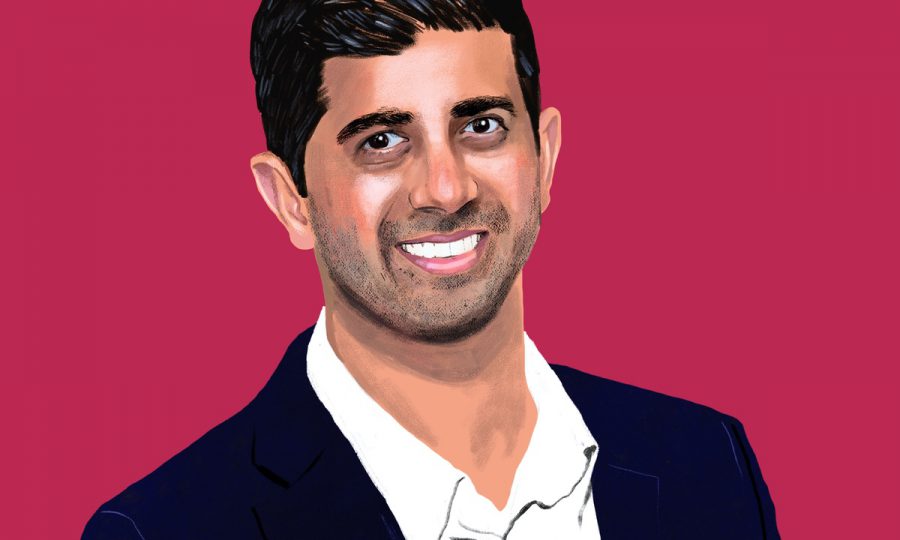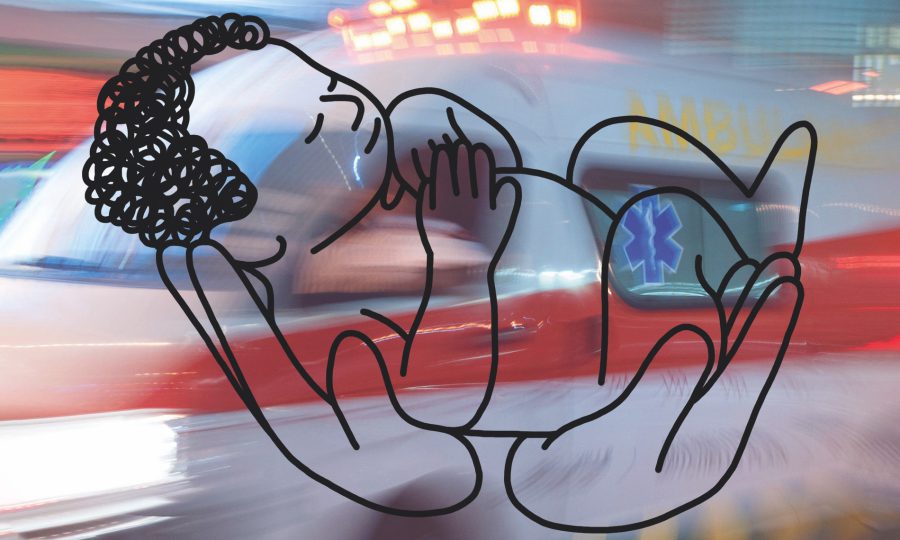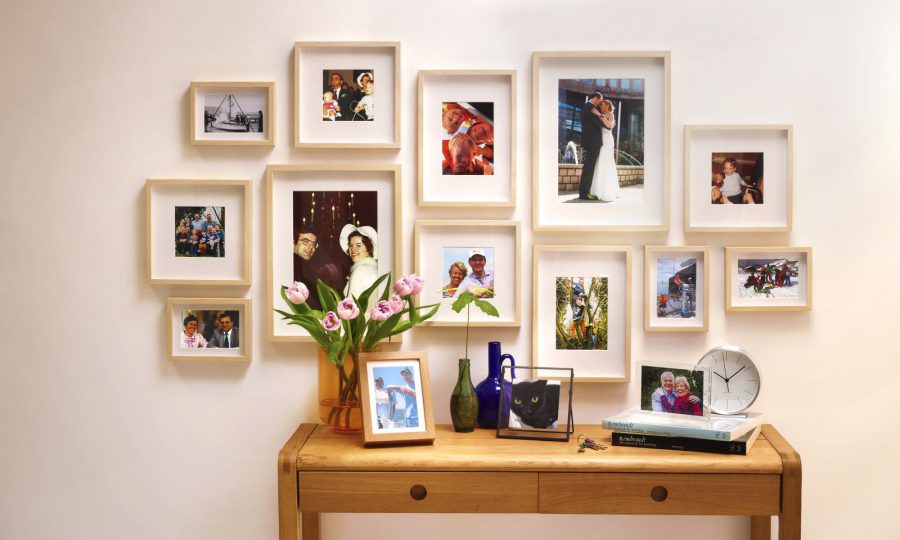The sweet smell of success
The flower industry is at the heart of Dutch life. Now comes transformation.
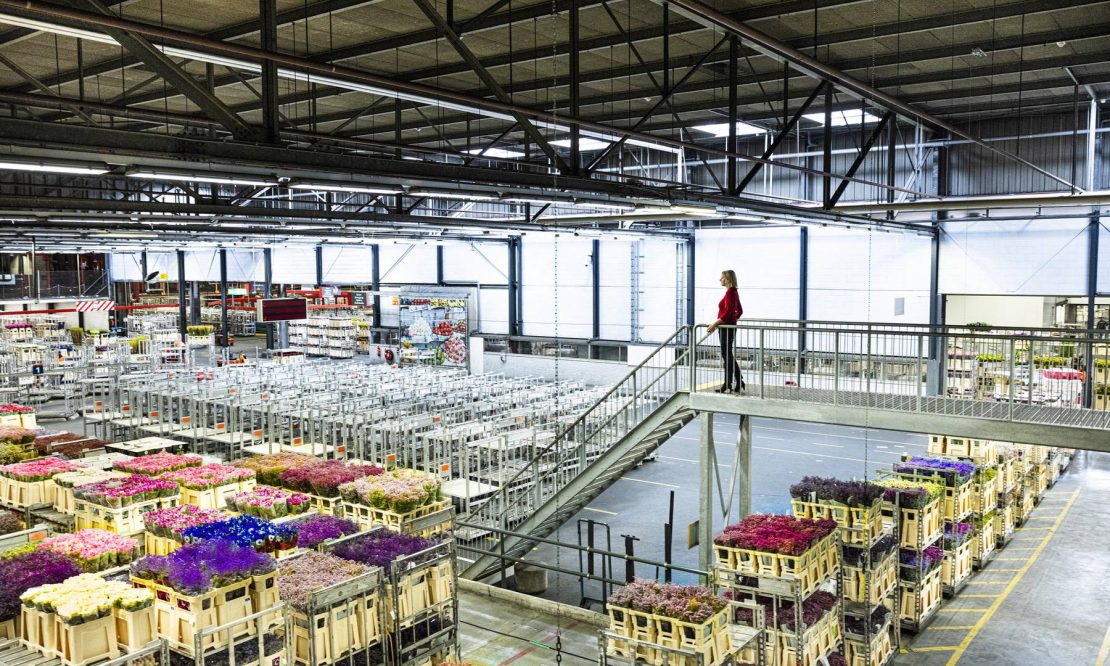
In the late 16th century, Carolus Clusius, Professor of Botany at Leiden University, added the study of tulips to his extensive work on flower production and taxonomy. Working in the university’s botanic garden, he observed the phenomenon of tulip ‘breaking’ – how some tulips developed beautiful coloured streaks.
Without knowing the cause – which was a plant virus, discovered 340 years later – Dutch growers used his observations to create new and beautiful streaked varieties, by crossing healthy bulbs with ‘broken’ bulbs. Everyone wanted them, and ‘tulip fever’ was born. (A basket of goods said to have been exchanged for a single Viceroy bulb included a silver drinking cup, 500kg of cheese, a ‘complete bed’ and eight fat sheep.)
When the fever subsided, it left behind an industry that survived – and thrived. Today, in Glass City, a region between Rotterdam, The Hague and Zoetermeer, millions upon millions of flowers and vegetables grow in vast greenhouses, while huge numbers of bulbs are produced in Noord-Holland. Their varieties are tweaked and modified using sophisticated genetic engineering tools, and they are sent all over the world. The Netherlands exports around 8.5 billion bulbs annually, and ten per cent of all the flowers in the world are traded via the Dutch system.
System shocks
But the last few years have seen a series of shocks
to the industry: the pandemic, the war in Ukraine and the looming shadow of climate change. Of course, the flower industry has always been forward-thinking, as Eric van Heck, Professor of Information Management and Markets, points out. “If you want to know what the economy of the future looks like, look at the flower business,” he says. But what will those next hundred years look like?
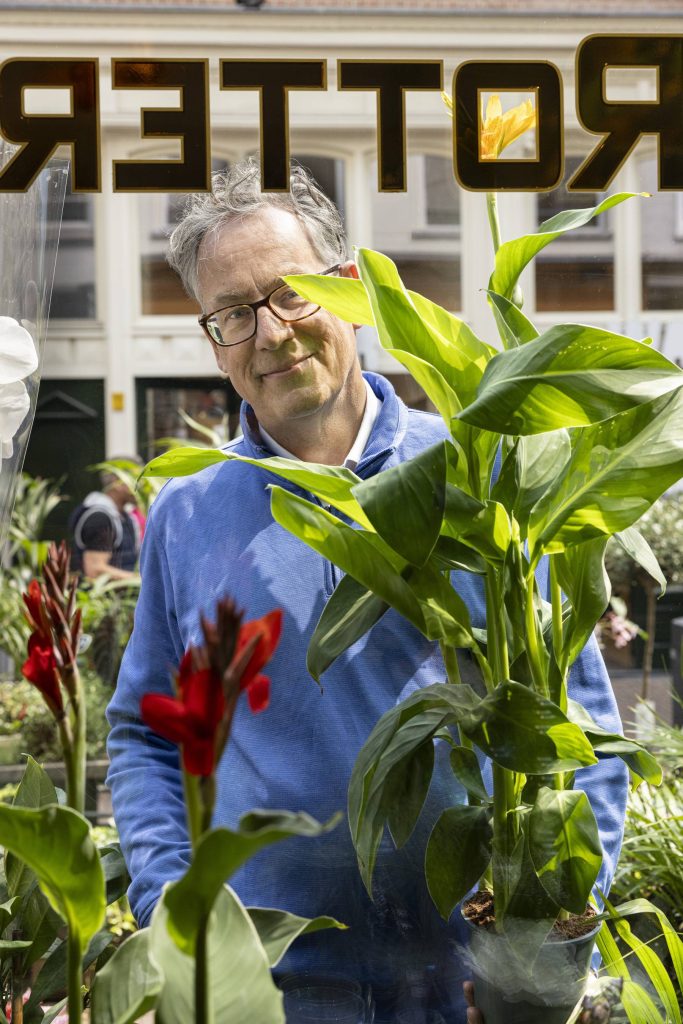
One thing’s for sure: whatever happens, people will always love flowers, says Eline van den Berg, Specialist Supply Chain Public Affairs at Royal FloraHolland, which is both the Netherlands’ largest cooperative of growers and its largest flower auction. “For example, in all our history, we’ve never experienced a situation like the pandemic,” she says. “All the borders closed, and all freight stopped. We had to destroy tons and tons of flowers, which was incredibly hard. But by May 2020, demand had recovered. People were staying at home and wanted beautiful flowers around them. They were spending a lot of time in their gardens. They experienced the value of nature and working with your hands in the soil.”
In fact, the energy crisis caused by the war in Ukraine has had a far bigger effect on the industry. The price of energy – used for lighting and heating those vast greenhouses – shot up. “Some growers went out of business,” says Van den Berg. “Others were forced to change their practices: not planting during winter, or slowing down production by keeping crops at lower temperatures. Transport, packaging and raw materials have also gone up in price.”
This harsh new reality has sparked a new conversation about how the industry can become more sustainable – in terms of both economics and the environment. “The energy crisis made us realise that we have only been able to grow flowers this way because of cheap energy prices,” says Van den Berg. “In the future, we will have to find different ways. Climate change may end up being our biggest challenge. We are awaiting new EU legislation on energy use – the Green Deal – and this will affect the complete supply chain, from breeding to transporting to growing.”
And the industry is also having to respond to the oldest problem of all: changing patterns of consumer demand. “Traditionally, it has been a supply-oriented supply chain, but now you see a much more diverse set of selling and buying concepts than in the 1990s,” says Professor Van Heck, author of Technology Meets Flowers, the story of the industry from its beginning to the present day. “It used to be that a grower would cut their flowers, bring them to the auction, and buyers would bid on those flowers. But more retailers and consumers would like demand orientation, where they ask for a specific order, which is then fulfilled. So there is this strong new demand chain.”
But any industry which has survived for more than 600 years knows when it is time to change. And change inevitably leads to innovation. When the English auction system (starting at the lowest price and going up) took too long for a product with a very limited shelf-life, it was the flower industry that came up with the Dutch auction – starting at the highest price and going down, enabling sales to be completed more quickly. It was also quick to see computing potential 100 years later: Van Heck was working on a project enabling electronic messaging back in 1991, which led to further digitisation and innovation in the online auction space. (Google, he points out, earns most of its revenue from online ad auctions.)
Flower futures
The new demand model is already sparking interest in the potential of AI to predict. “Amazon can already predict that you will order something before you actually order it,” Van Heck says. “The flower industry is not yet using these models, but they are very curious to learn. They want to be forces for change.” But growers can already predict, for example, that there will be a demand for wedding flowers during wedding season – and use sophisticated growing technology to enable their flowers to be ready in this timeframe by manipulating light, soil, mineral components or energy.
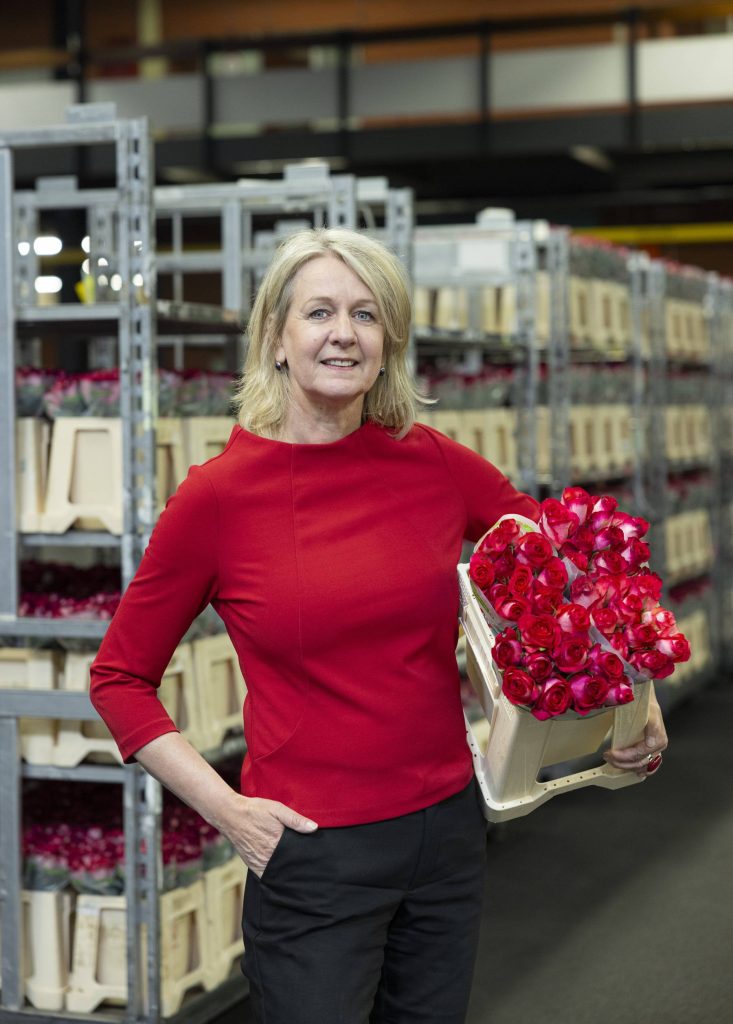
And growers are already seeking new ways of producing this energy. The recent crisis means there is now a “fundamental rethinking” of the energy used in flower production, says Van Heck, “and an understanding that the natural gas we have is better used for heating houses than for producing flowers.” Discussions are starting around solar, wind, geothermal heat and other innovative solutions: a geothermal heat network distributes heat produced to Glass City, while a future project will bring leftover heat and carbon dioxide from production facilities in the Port of Rotterdam to greenhouses in the area: overall, flowers are consumers of carbon dioxide.
Growers are examining new, more sustainable solutions to age-old problems. The loss of air freight capacity in Africa, for example, has given Kenyan growers an incentive to find new ways to transport flowers. “There is now a growing interest in ocean freight, and that in turn has boosted expertise in cold chain storage and transportation,” says Van den Berg. “Sending flowers by sea is also more sustainable than air freight.” Growers seeking ways to reduce insecticides are looking to specialist expertise, too: PATS Indoor Drones Solutions, co-founded by Bram Tijmons’ (Business Information Management, 2013), has developed drones that catch and kill moths in greenhouses. In 2023, he won the GreenTech Innovation Award.
The 4,885 Dutch growers that make up the cooperative Royal FloraHolland are in a unique position to effect change, Van den Berg points out. In the early 20th century, growers realised they would be stronger if they joined forces. Every flower production area soon had a cooperative and a flower auction hall. Those cooperatives gradually came together to create Royal FloraHolland as it is today: a hugely powerful organisation that runs on consensus. Its reach is not confined to the Netherlands, either: it is also very much an international marketplace of international growers – of which 600 are members – and buyers. “Cooperation is still the basis of our company, and its driver,” says Van den Berg. “You cannot decide just by yourselves: you have to discuss every change with the stakeholders in your area.”
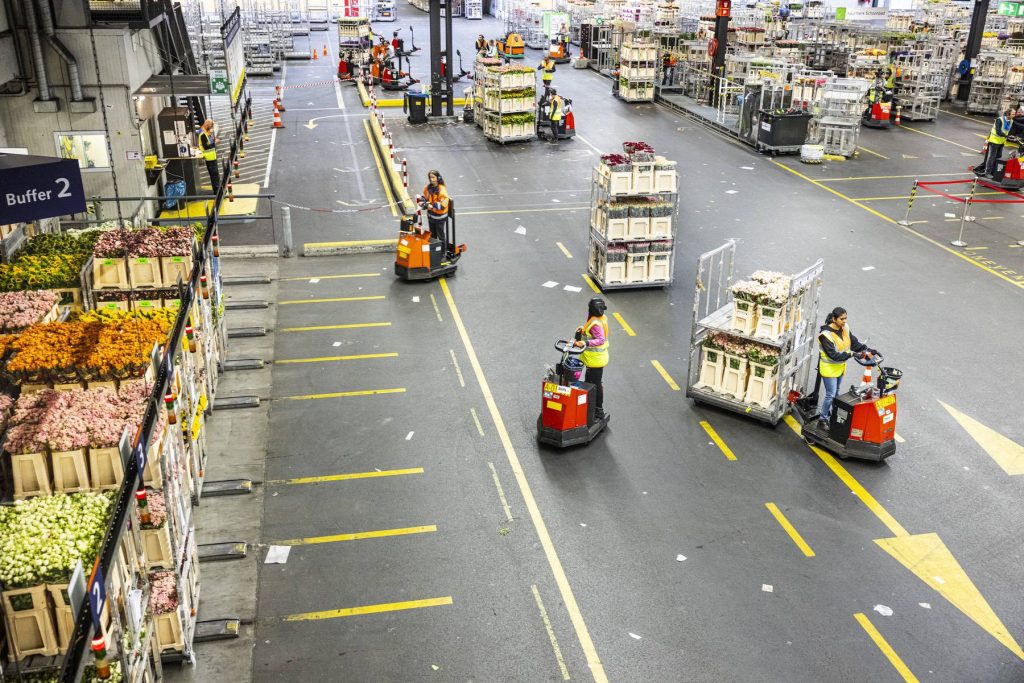
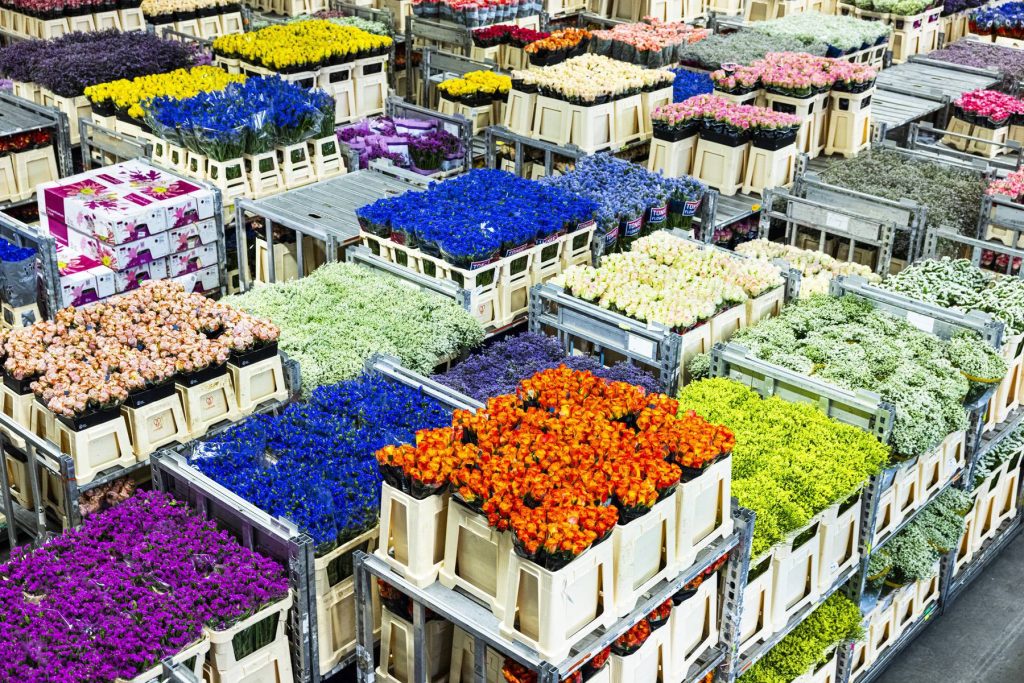
The cooperative is now examining every aspect of its business, from buildings to water use. Van den Berg says that all growers are being made aware of the coming changes in legislation, and that Royal FloraHolland takes pride in being a transparent marketplace. It now communicates growth methods and environmental impact to buyers, through certification, and is starting to report key figures around environmental impact in its annual report.
People will always love flowers – and the industry wants them to love how they are produced, too. “We want to tell the right story about all these beautiful products,” says Van den Berg. “We need to move into a future where we live more in balance with nature – where we are driven not just by economics but by environmental and social impact as well.” Professor Carolus Clusius, absorbed in the beauty of his Leiden botanic garden, would no doubt approve.
